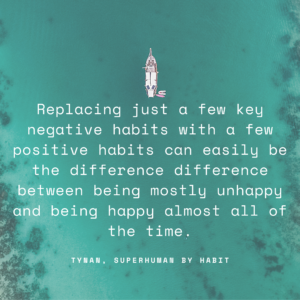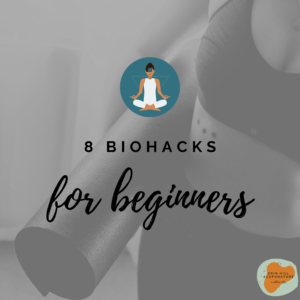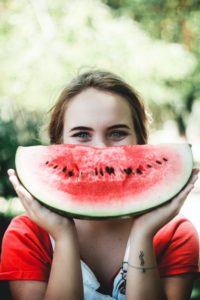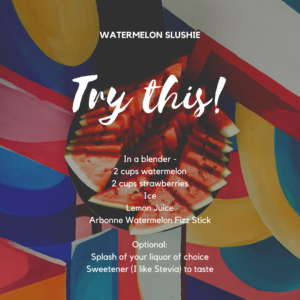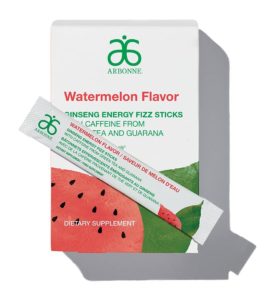
What do avocados, bananas, spinach, and some probiotics have in common? Well, for most you’d think, all healthy foods, rich in essential nutrients and great additions to your diet for living a healthy lifestyle right? For most, yes, for me and thousands of others with Histamine Intolerance, very much no.
Most of us experience some form of allergies in our lives. The common experience is a runny nose, congestion, headaches, itchy eyes and ears, sneezing, and coughing. These are usually attributed to seasonal allergens and pollens that come up in the spring or the fall.
More often, these days, allergies and sensitivities are more widespread and include all sorts of foods, (commonly nuts, eggs, dairy, soy, corn, gluten, and wheat), all sorts of pollens, molds, and metals among other things. The range from sensitivity to allergy is a big one. We can be mildly sensitive to something and not notice it for years, or we can be so allergic that we experience anaphylactic shock, which can easily be life-threatening.
The immune system is complex. Just to get a little technical, the immune system has a range of reactions, they come from proteins called immunoglobulins, IgM, IgG, IgE, IgA, and IgD, interleukins and mast cells (among others). For the purposes of this post, we will only talk about a select few. IgG is a response that would be classified as sensitivity and IgE is an allergic reaction, meaning the possibility of anaphylactic shock. This is generally familiar for most, as many people might have dairy or gluten sensitivities, and others have a nut allergy and carry around an epi-pen.
Interleukins are a group of proteins associated with white blood cells that carry out various functions of the immune response. They can be pro-inflammatory or anti-inflammatory in nature, they stimulate mast cell responses, which in turn produce histamine and modulate the immune system, how it acts, reacts, or over-reacts.
If you follow me on Social Media, you may have seen a recent and very vulnerable post about my special kind of allergy, Histamine Intolerance.
What is it?
Histamine intolerance is basically a way of saying you don’t tolerate histamine, there is a breakdown in the process at some point along the line. You are over-reactive and release too much histamine, you don’t process or clear histamine at all or very well, or there is a messy mix of both (which is where I personally reside).
Let’s back up a little and talk about what histamine is. Histamine is naturally produced in your body by mast cells. They release histamine in response to possible allergens, anytime you eat food, and in response to changes in hormones, particularly Estrogen. Mast cells line every tissue in your body and they too can become oversensitized. You can have an overabundance in certain tissues like the esophageal lining, the skin, or the uterus, for example, which creates a large and very wide-ranging list of symptoms that can be very hard to link back to histamines and mast cells.
Generally speaking, we all have an intolerance bucket, one that we can keep filling with small sensitivities – pollens, foods, mold etc. until one very unsuspecting thing causes an overflow. This looks like a perfectly normal and healthy life one minute, then a complete over-reaction the next, whatever that looks like for you, skin, lungs, digestion etc. The snowball effect can range from not that bad to debilitating health issues.
One more special trick histamine intolerance often has up its sleeve is the inability to properly process and clear the histamine. Most bodies naturally produce an enzyme called Diamine Oxidase (DAO), it is released in the gut and neatly absorbs the histamine we release in response to food intake. The histamine is released as a natural process to start the digestive enzymes doing their thing, then the DAO cleans it all up. Some don’t produce this enzyme at all, and some produce very little, and the histamine builds and builds and builds, overloading the liver and releasing its own byproducts (waste) into the system causing digestive issues (IBS, inflammatory bowel conditions etc). and other inflammatory effects like skin issues. In addition to DAO, there is another histamine clearing pathway as well, the HNMT pathway. A person experiencing histamine intolerance can have a whole range or dysfunction at any point along this chain.
What does it look like?
Common symptoms include:
- Migraines & headaches
- Chronic hives
- Digestive issues – diarrhea, IBS, Crohn’s
- Leaky gut and multiple food sensitivities
- Anaphylactic shock
- Hayfever and other allergies
- Eczema and other dermatological conditions
- Insomnia
- Geographic tongue
- Burning throat syndrome
- Painful periods
- Fainting spells & low blood pressure
How to diagnose?
Generally, the quickest way to find out if you have a Histamine Intolerance is to go on an Anti-histamine Diet and see if it helps. You can have labs done to check your IgG, your IgE, and your mast cell activity as well, but this elimination diet is actually very helpful. You can find a good doctor out there who knows more about Mast Cell Disorders like Mast Cell Activation Disorder or Syndrome, and Histamine Intolerance, but you will have to do some research. It is commonly recognized in the Naturopathic medical world and surprisingly glossed over by much of the current medical care system. I will attach resources at the end.
What is an Anti-histamine Diet?
Foods can be either high or low in histamine and in addition, they may be histamine liberators as well.
The following is a very short list of high histamine foods: *anything aged will produce more histamine*
- Meats (generally aged)
- Aged cheeses
- Leftovers
- Fermented products (kefir, kombuchas, alcohol – especially champagne and beer)
- Yogurt & certain probiotics
- Strawberries
- Avocado
- Spinach
- Bananas
- Citrus
- Chocolate
- Tomatoes
- Mushrooms
For a more thorough list of high and low histamine foods, please check out this post from Mast Cell 360
In addition, know your triggers – these can be environmental allergens, other foods, essential oils, climates etc. This can take a long time to parse out, but be patient with yourself and aware.
How to treat?
- Anti-histamine diet
- Supplementation – (Some of my favorites)
- DAO
- HistaQuel – a mast cell stabilizer
- Vitamin C
- Quercetin
- Stinging Nettle
- B5 – Pantothenic Acid
- L-Glutamine
- Low-histamine Probiotic
- IgG supplementation – Colostrum
- Fish Oil
- Meditation – Acupuncture – Yoga – other stress-relieving activities
- Air purification system
- Water purification system
This list can get quite big, but depending on the state of your health – you do what you got to do, and this list would change according to the symptoms you present with – it’s always a good idea to sit down with your practitioner prior to starting a course of treatment.
This will also probably be in a more thorough post of its own.
Please check out my FullScript online pharmacy – where you can order any of the above supplements: Mast Cell Stabilization / Allergy Relief
- Sign up for an account and you will automatically get 10% off supplements and herbs.
There are some Western medical treatments as well, which is always good to work with all your options.
- Monoclonal Antibody (Dupixent) – has been a life-saver for me personally.
- Anti-histamines
- Sleep aids / Anti-itch / Anti-Depressants / Anti-anxiety etc.
Please consult with your primary care before starting any treatment plan, or course of supplementation.
This post is for educational and informational purposes only and research from my own personal experience with this disorder. I have spent a lifetime looking for answers to these questions for myself and I have used a whole host of different treatments over the years, including steroids, sleep aids, natural supplementation, Chinese herbs, acupuncture, homeopathic medicine, and more.
Remember that your experience is unique to you, you know your body better than anyone else, listen to it, try different avenues, be open to new ideas, listen, learn, and ask for help when you need it. Some of the best information I found along the way came from Facebook groups and other people’s experiences.
Resources:
- Dr. Beth O’Hara @ Mast Cell 360
- The Hoffman Centre
- Yasmina Ykelenstam @ Healing Histamine
- Mollie Syzbala, ND @ Sun Valley Natural Medicine
Till next time! Be well~
Erin

